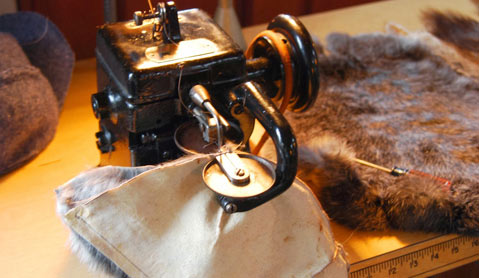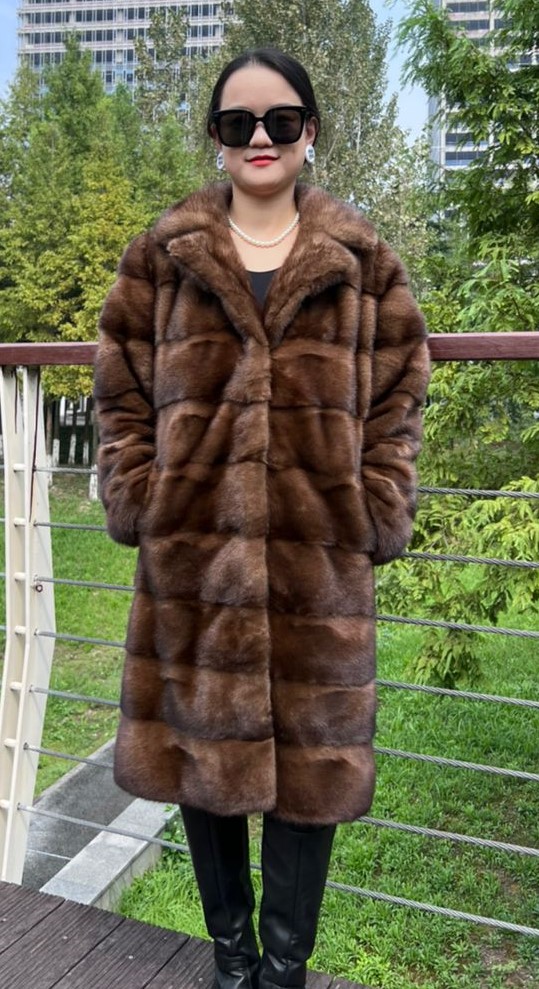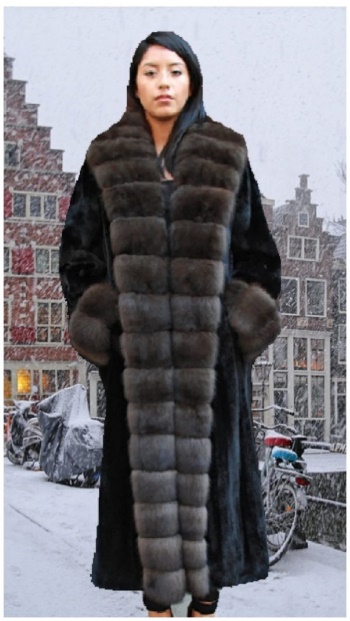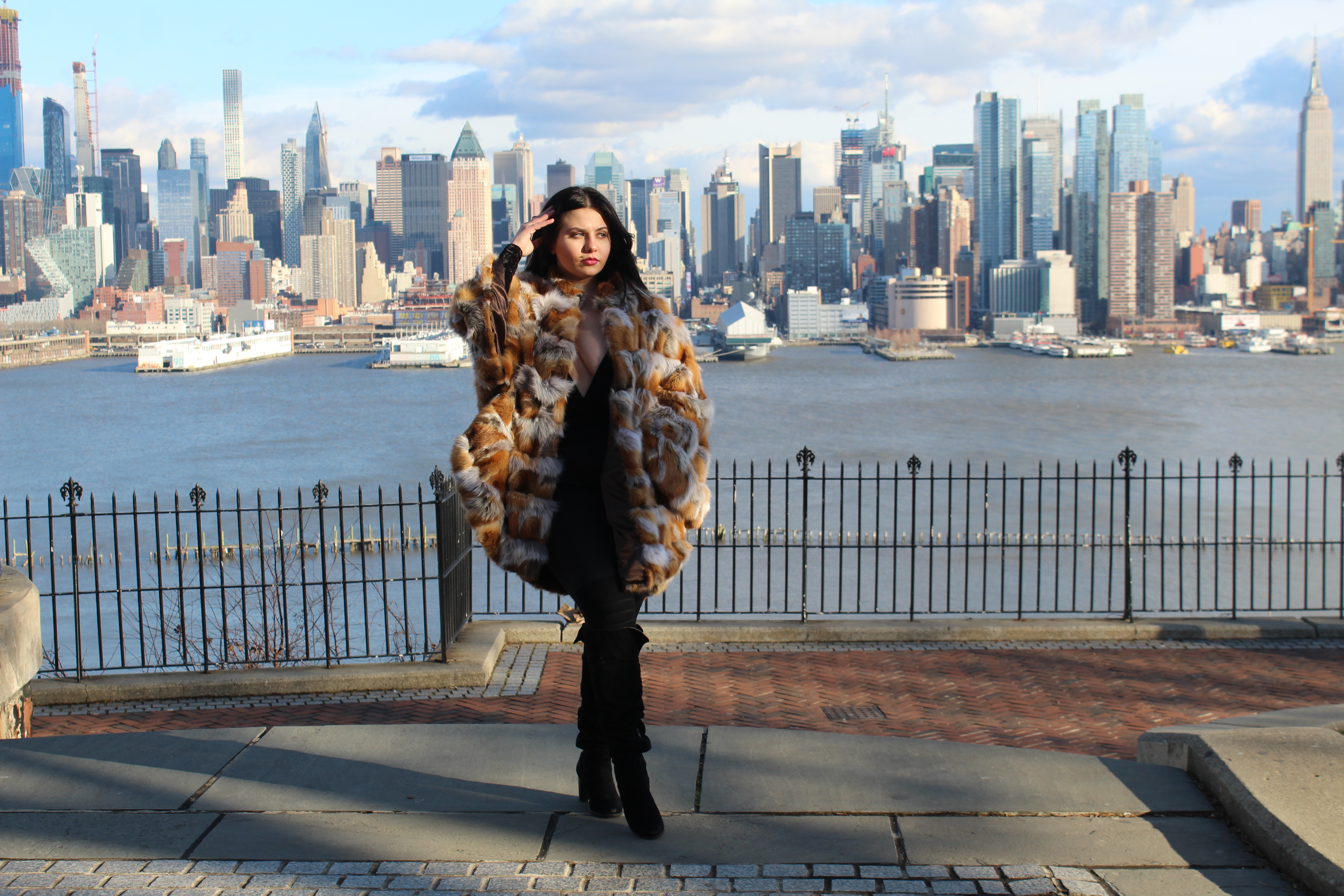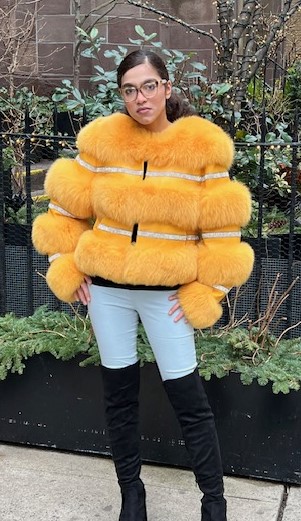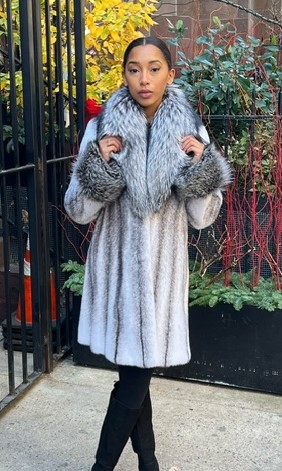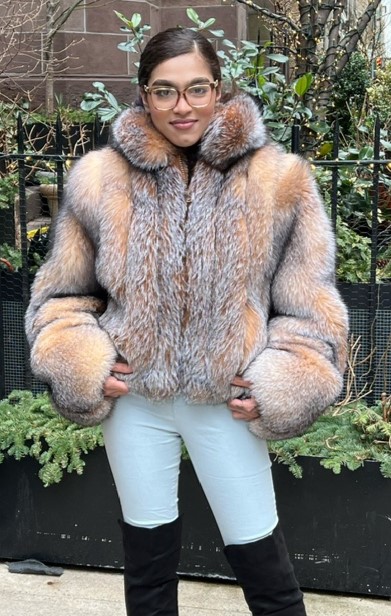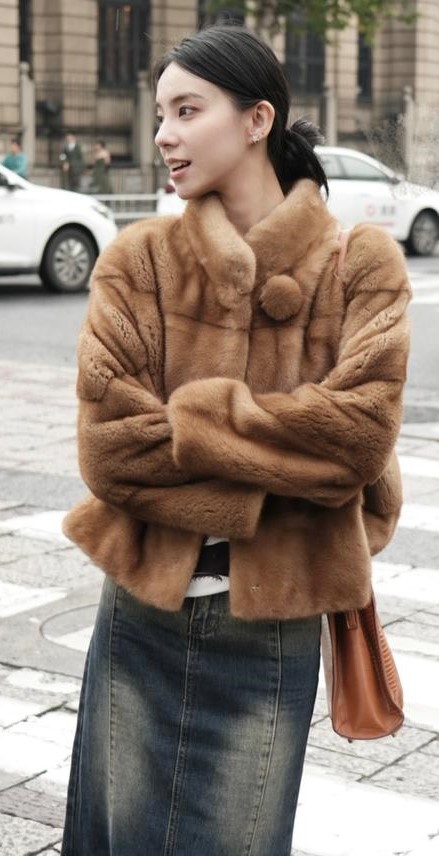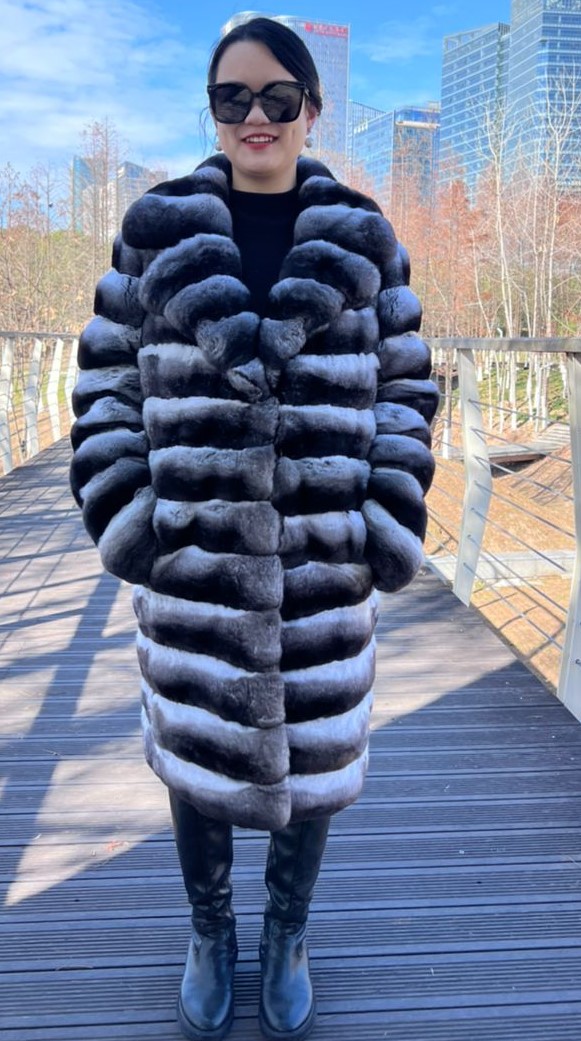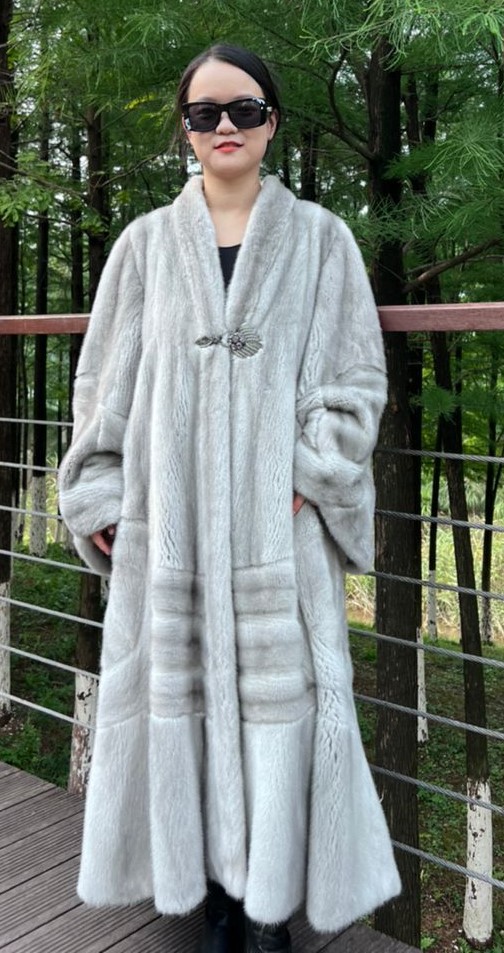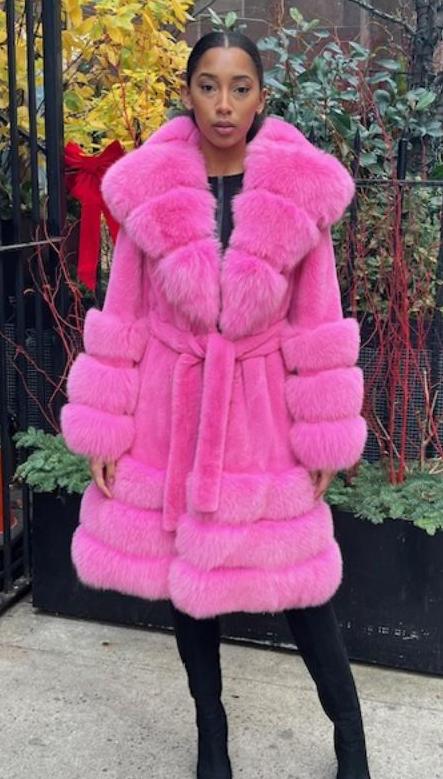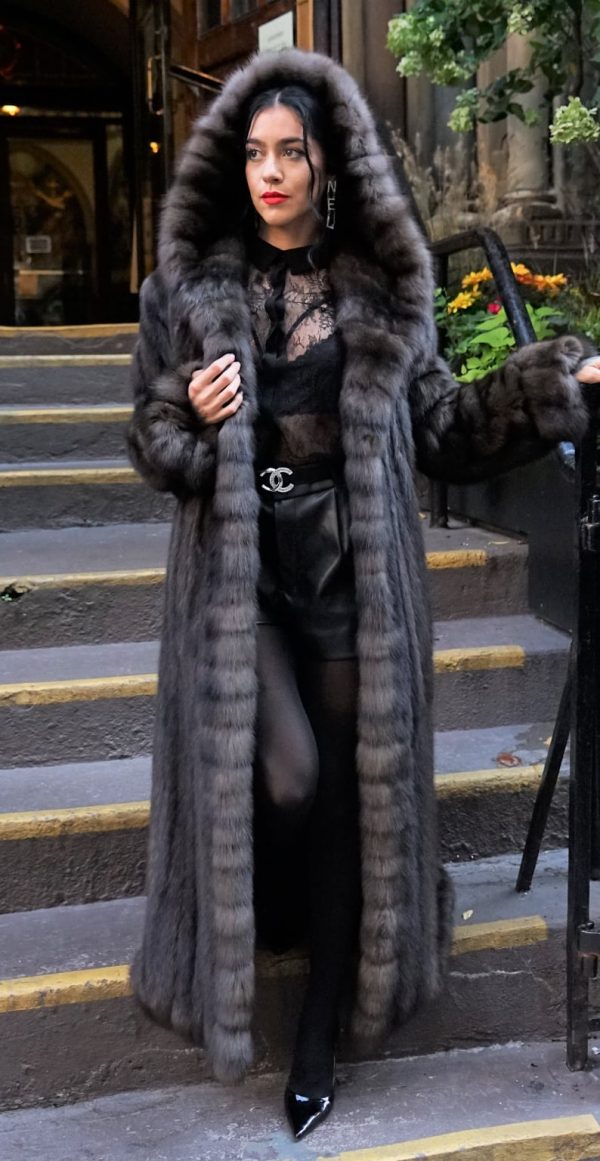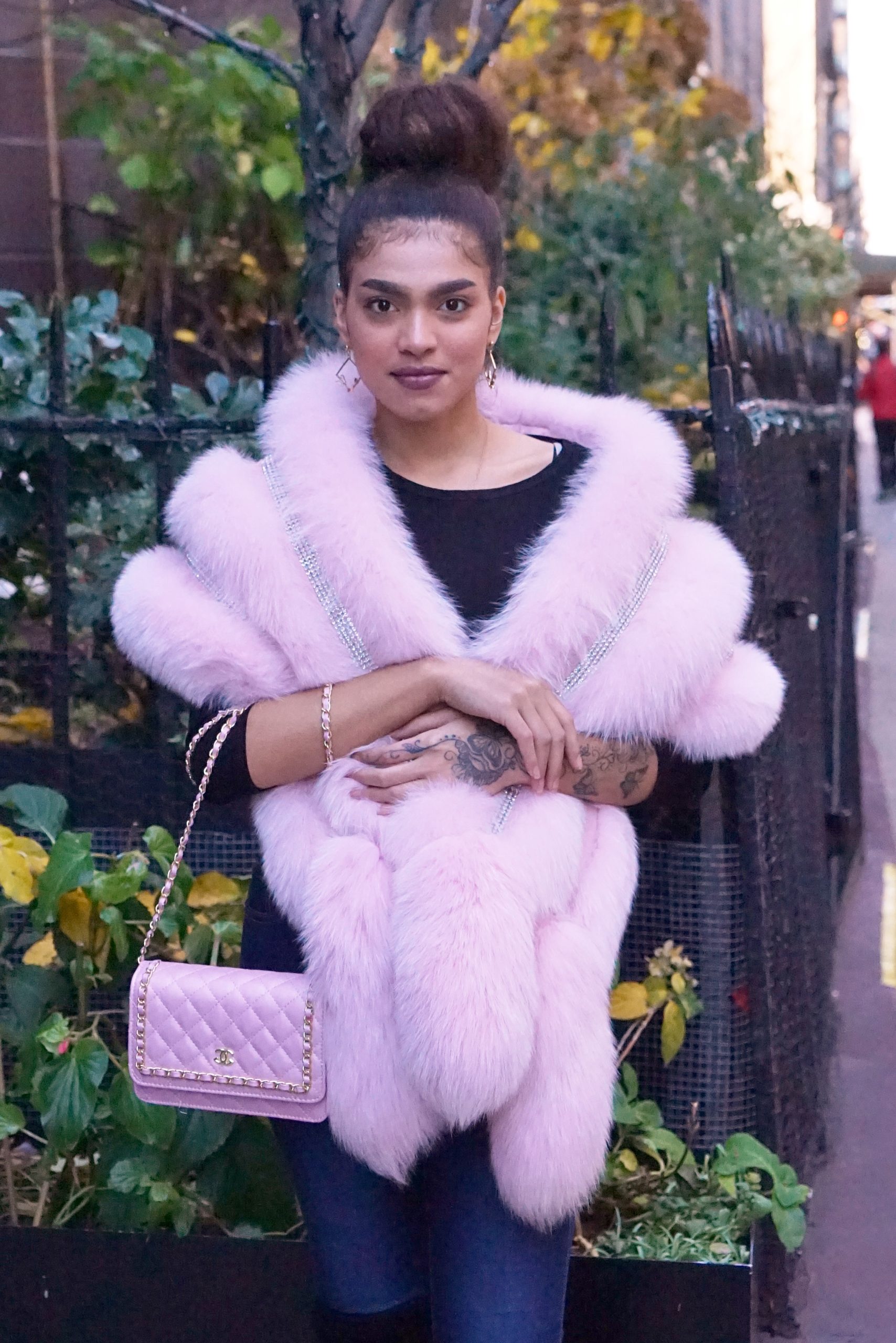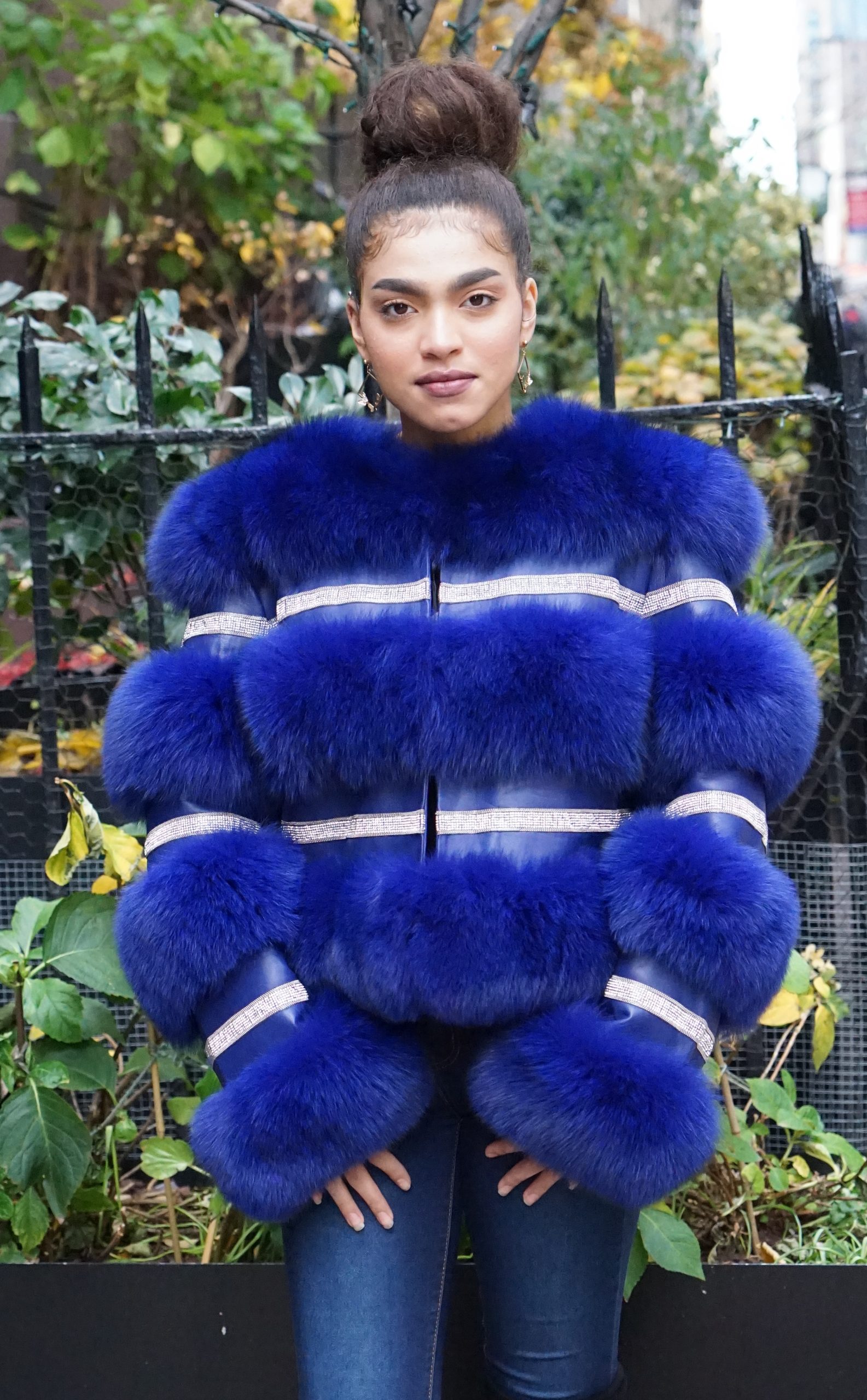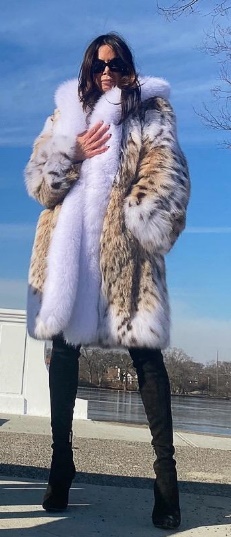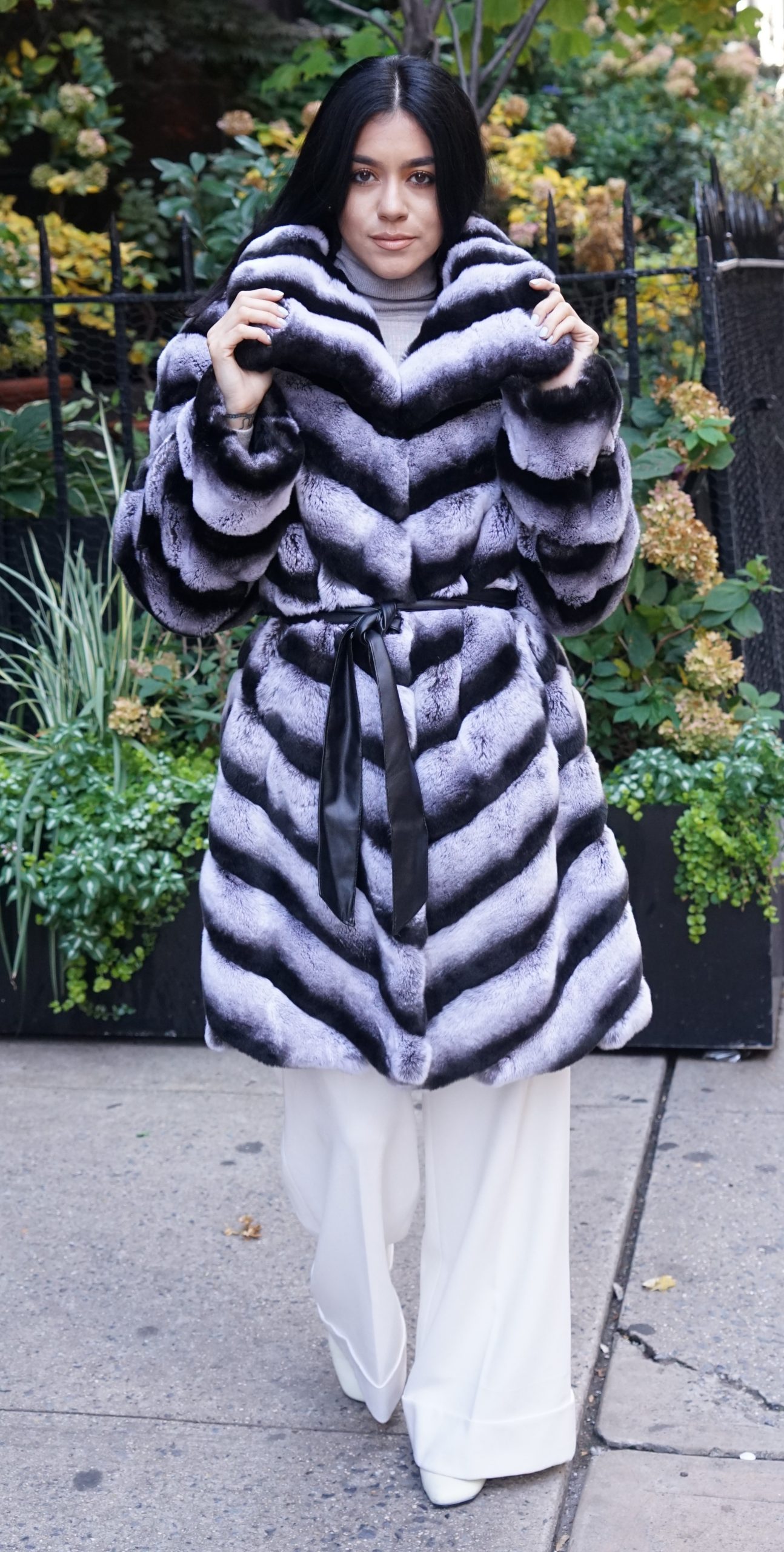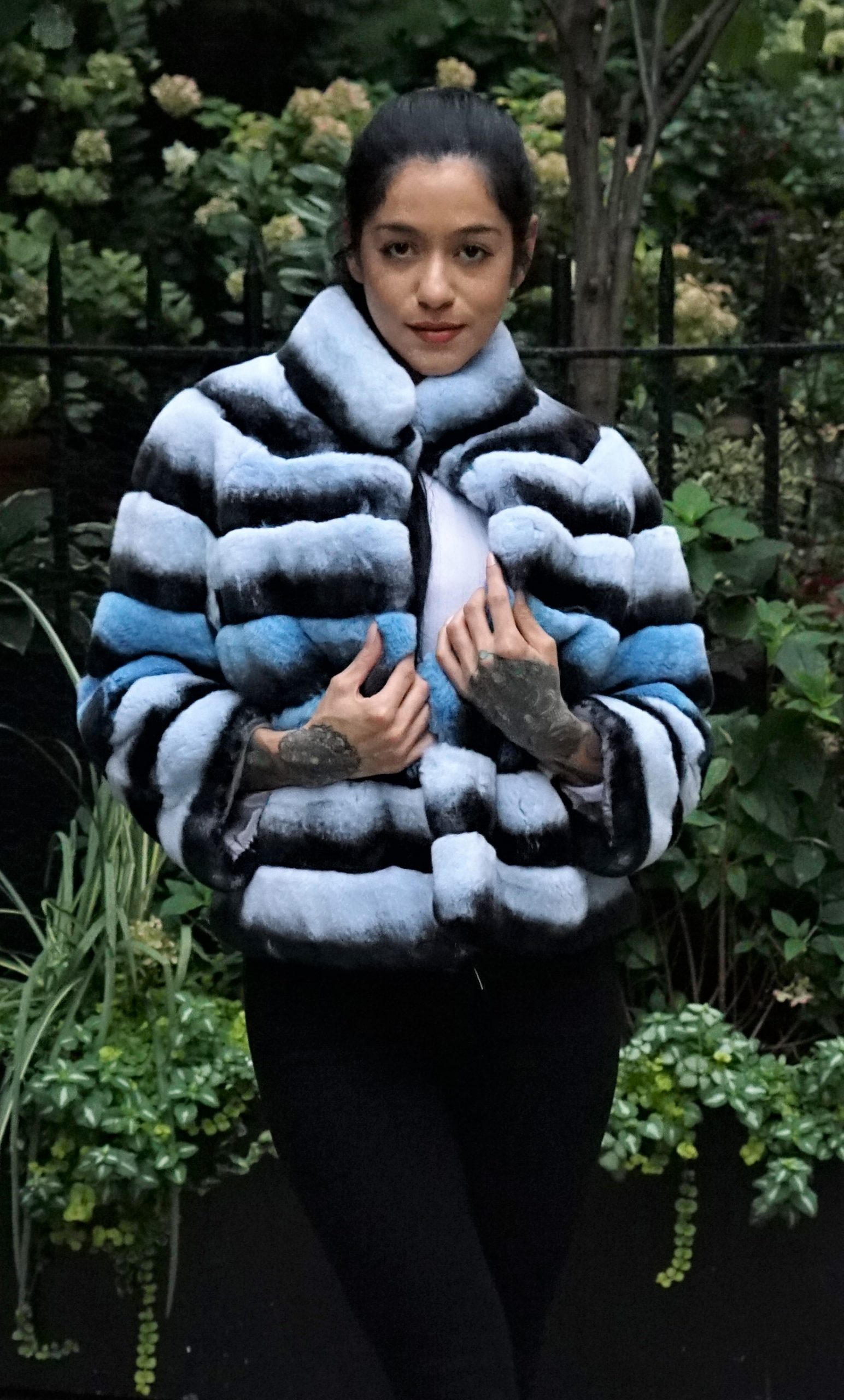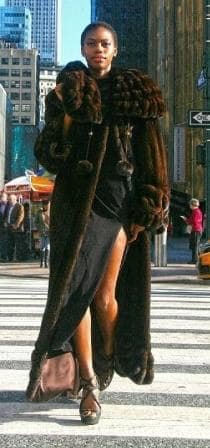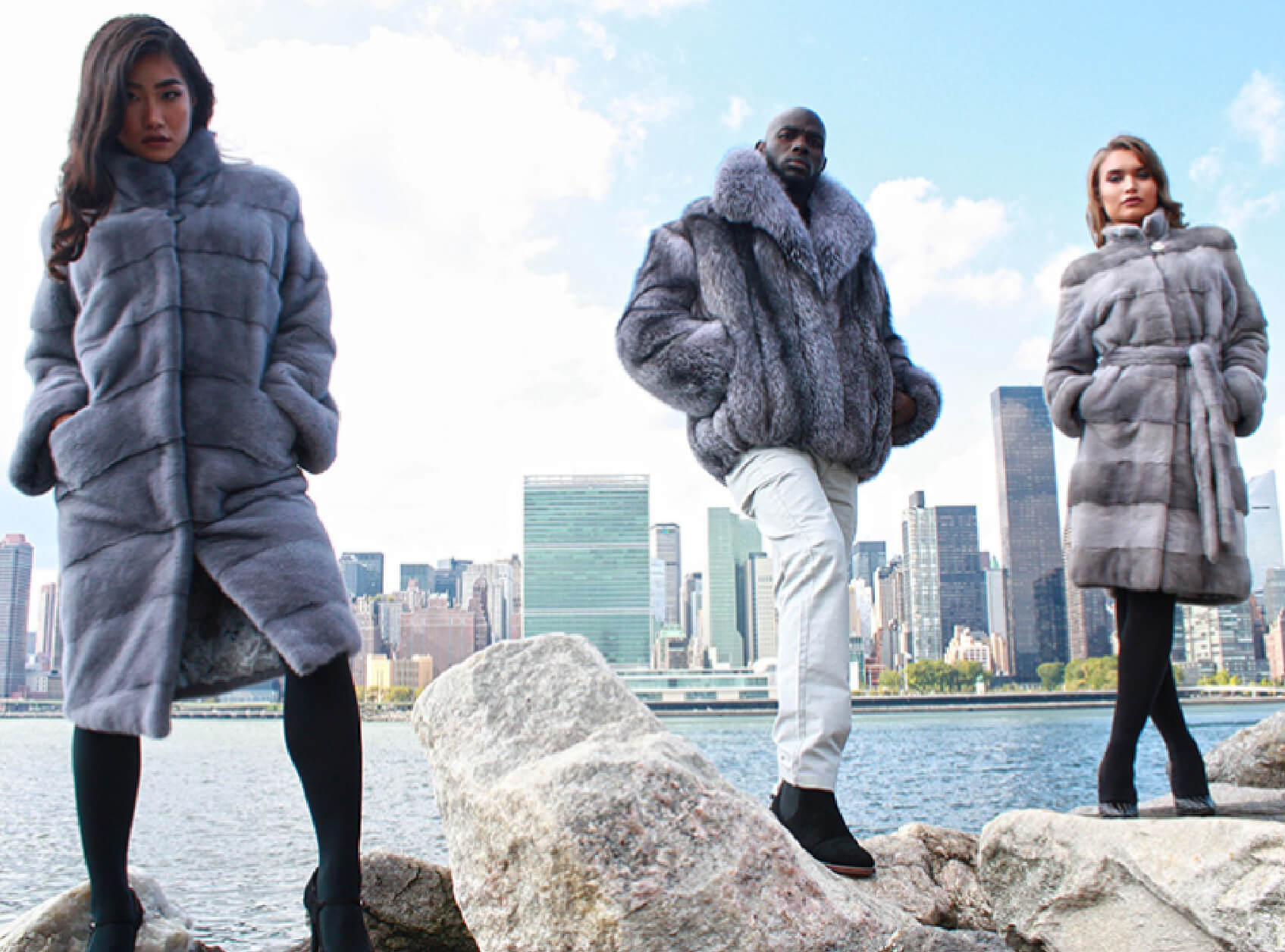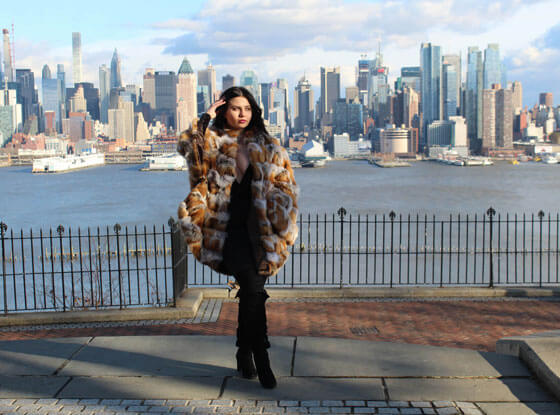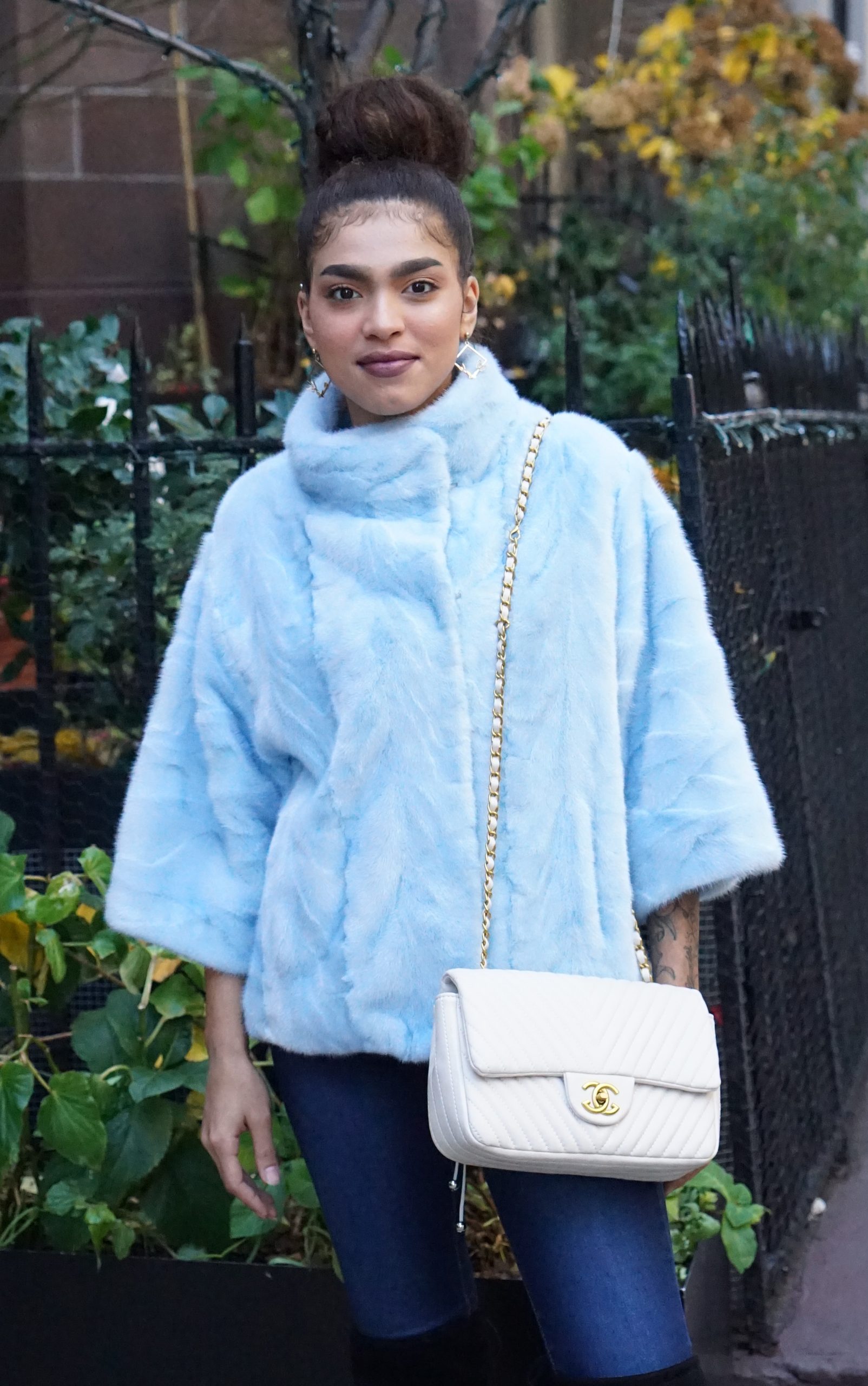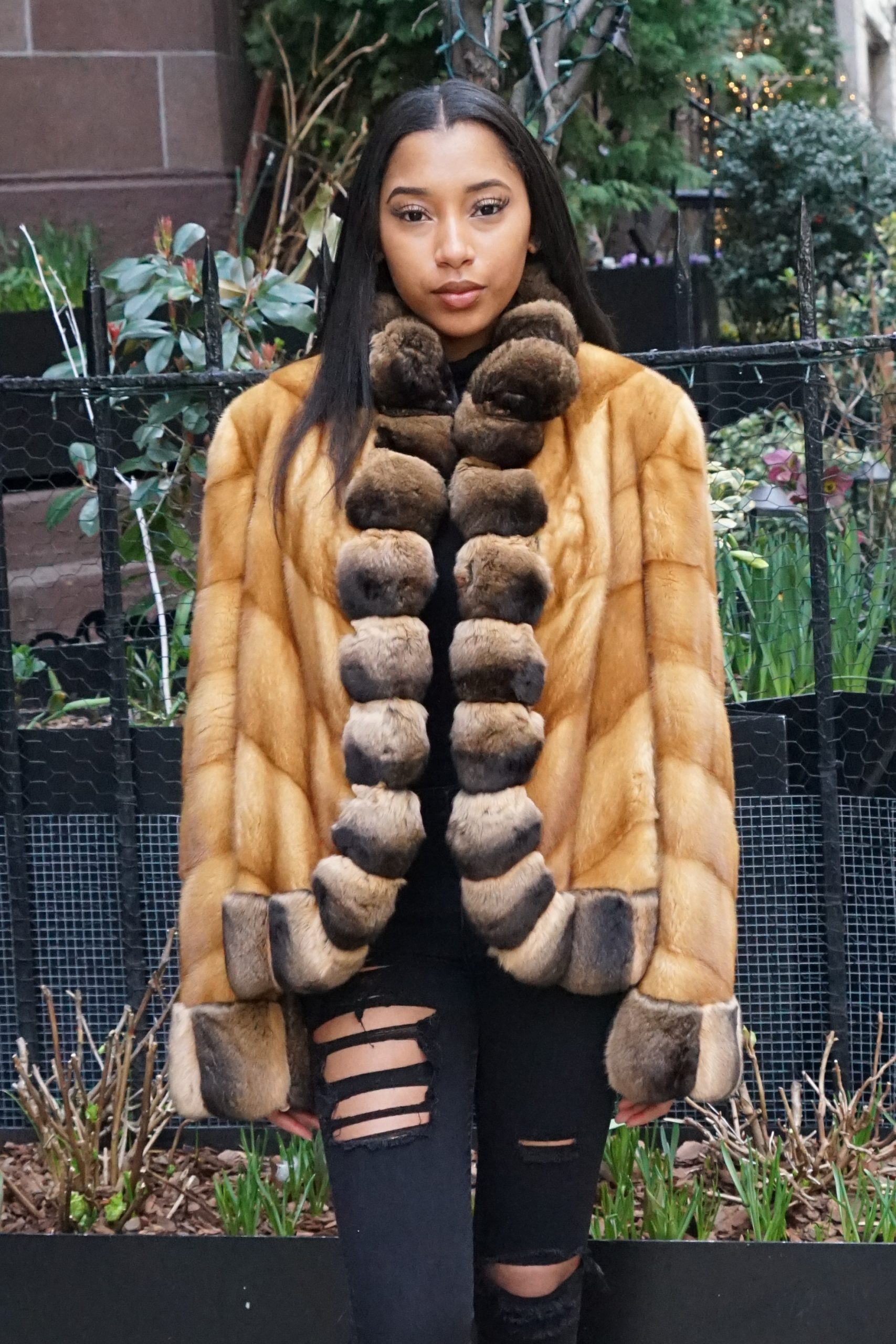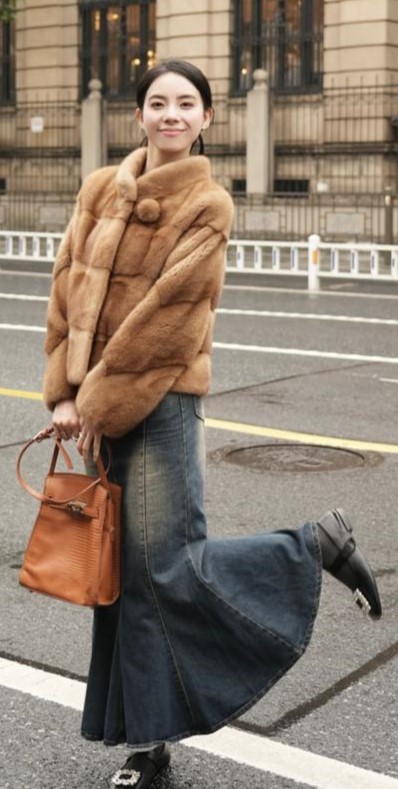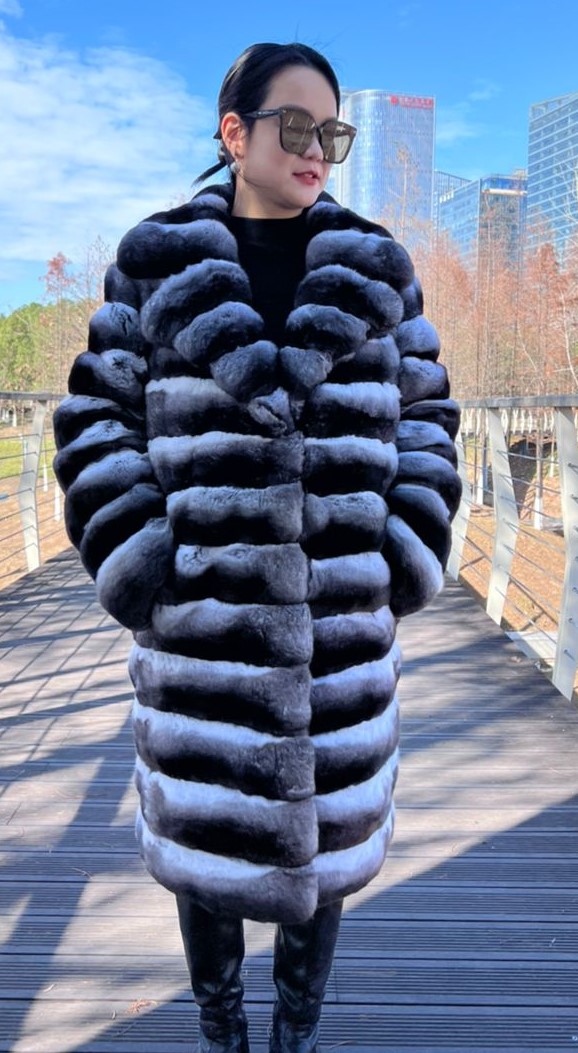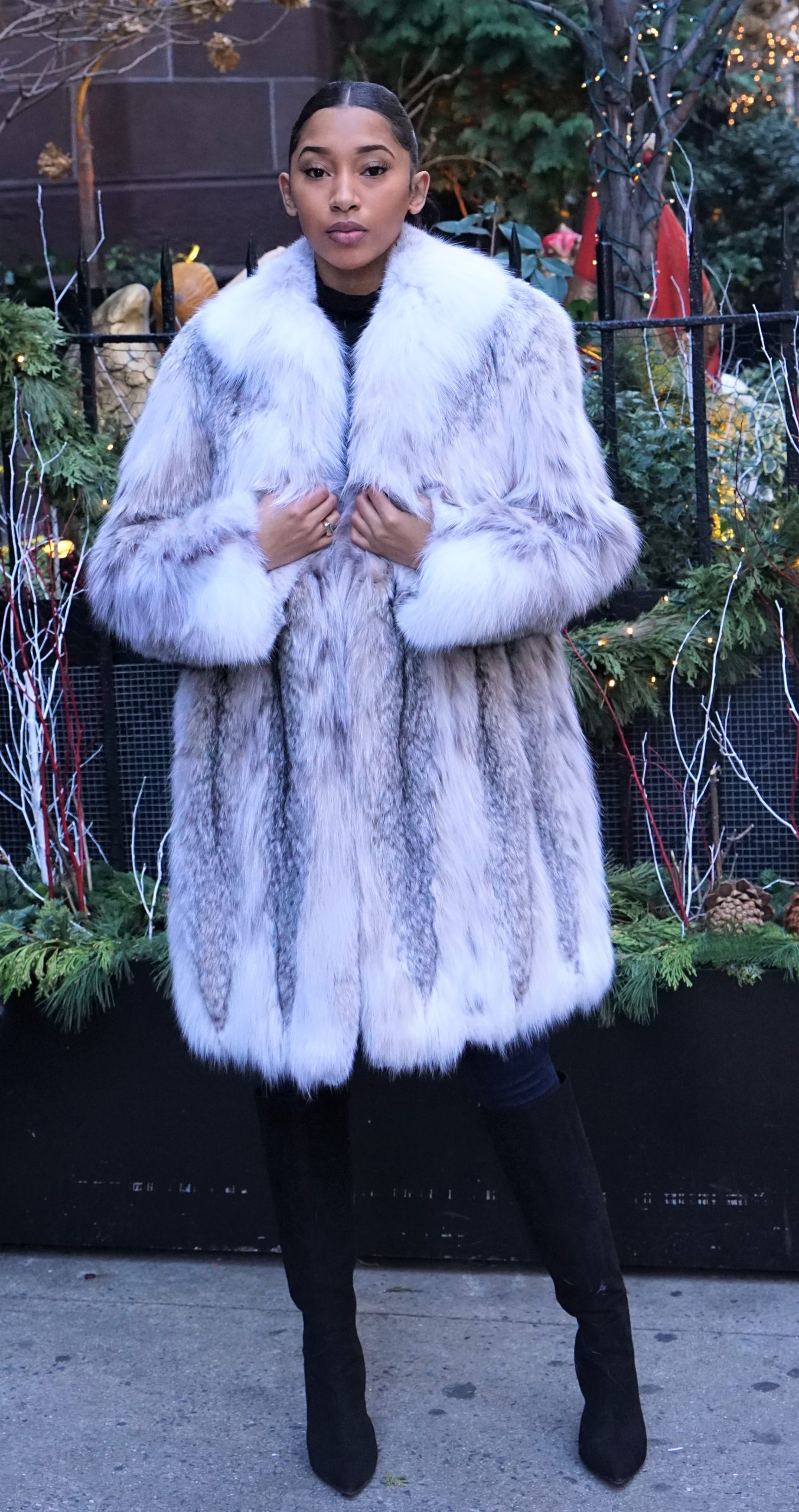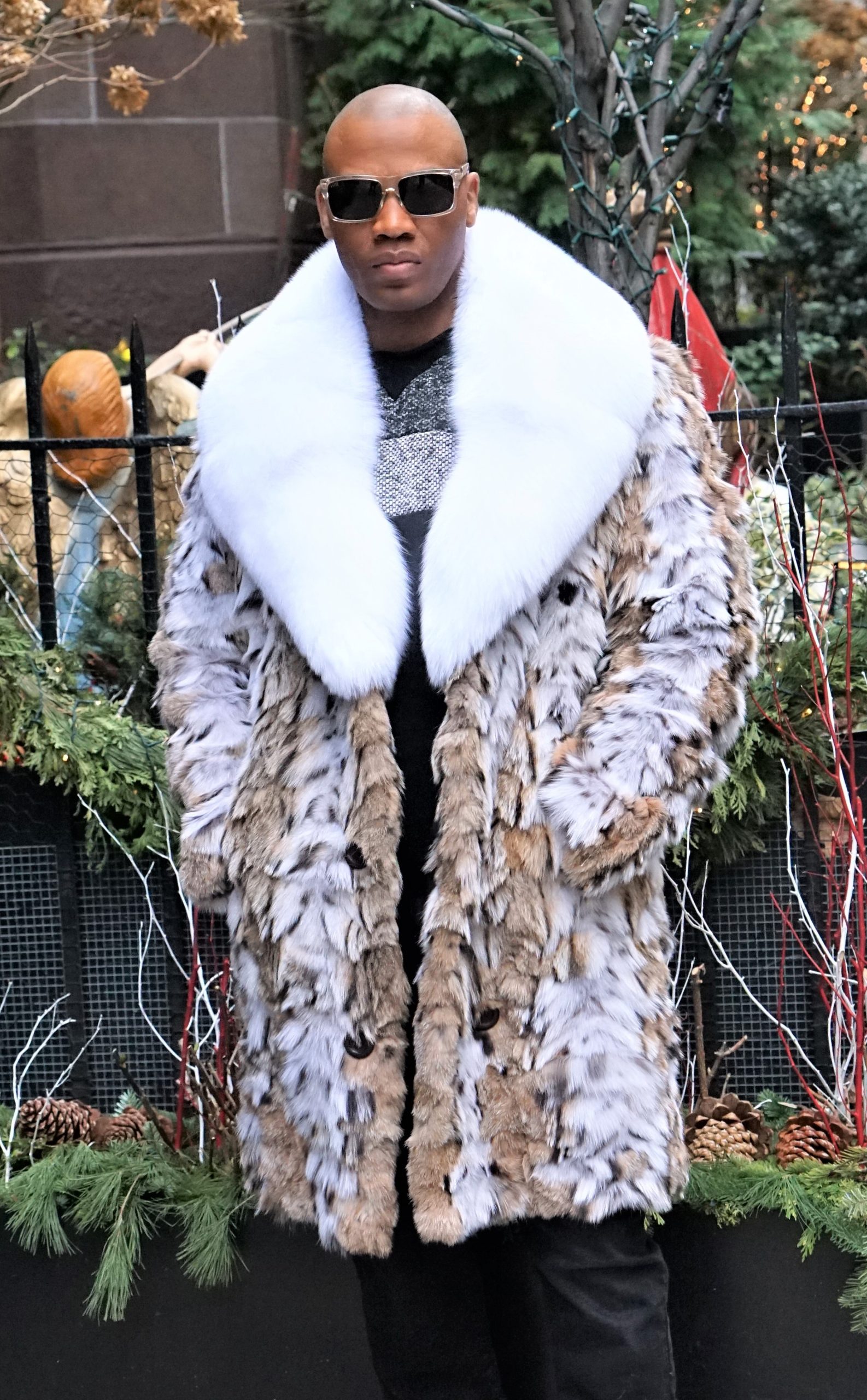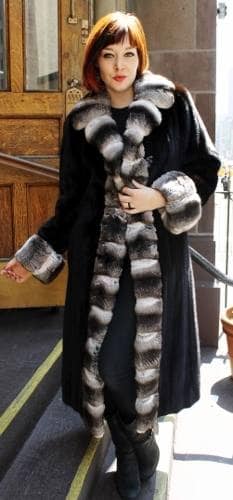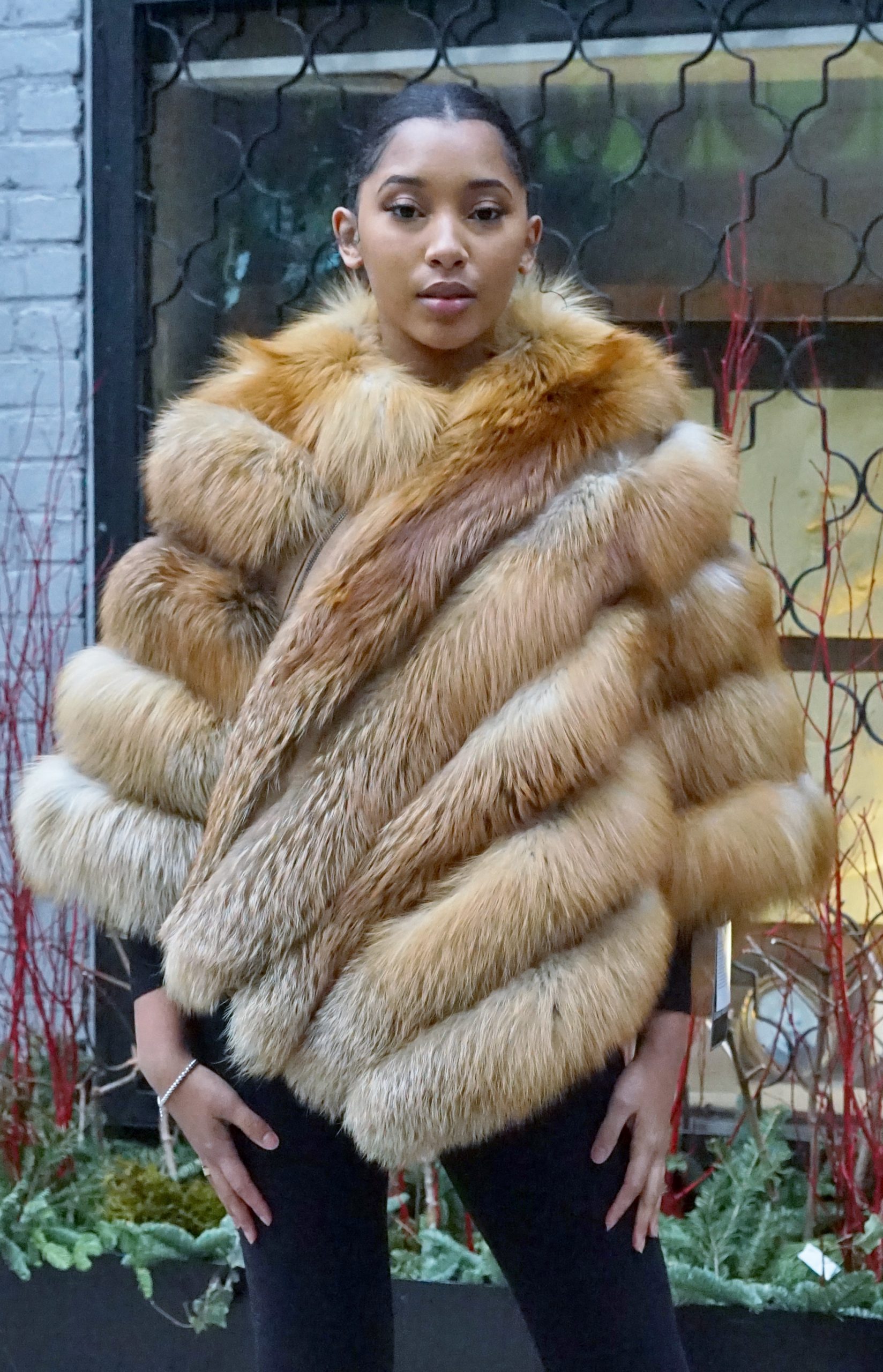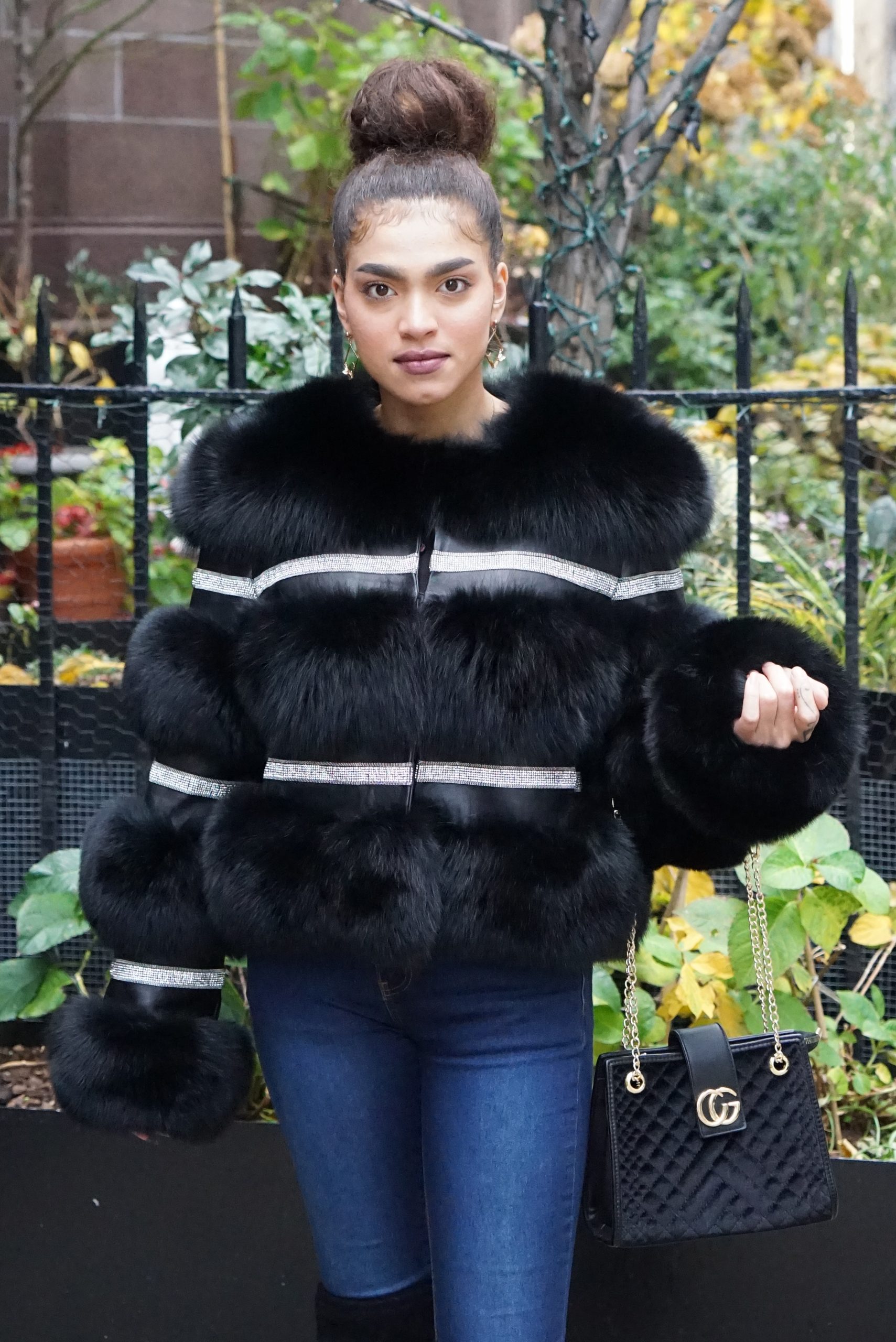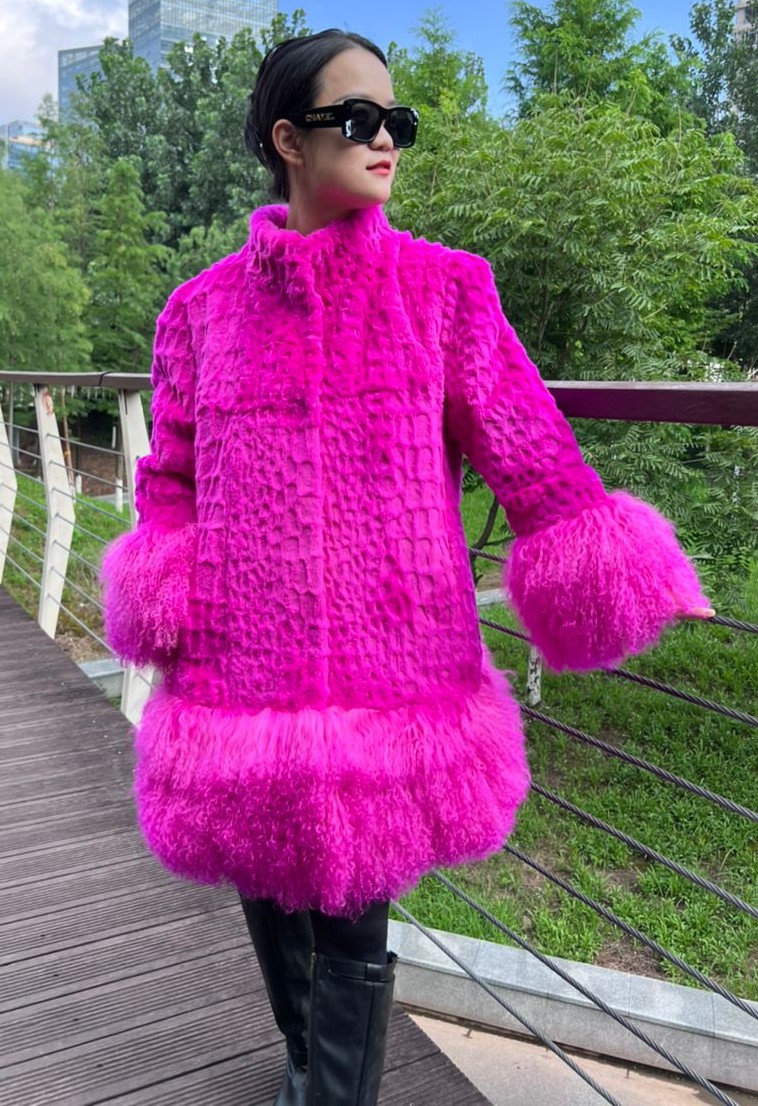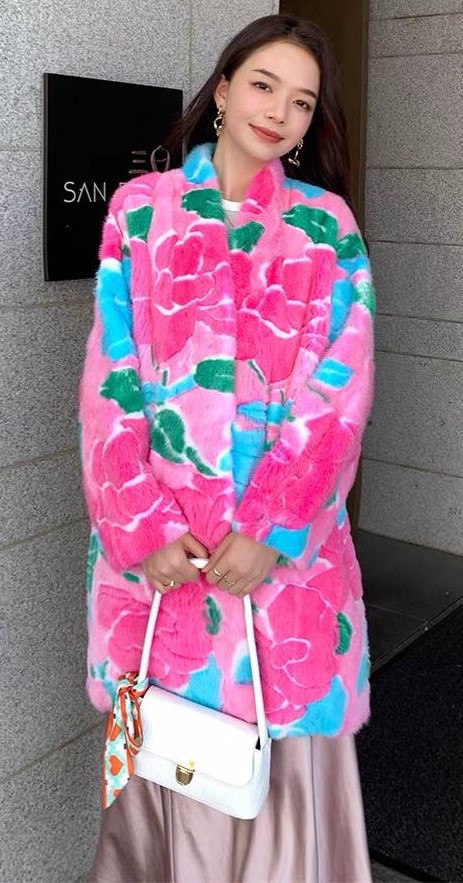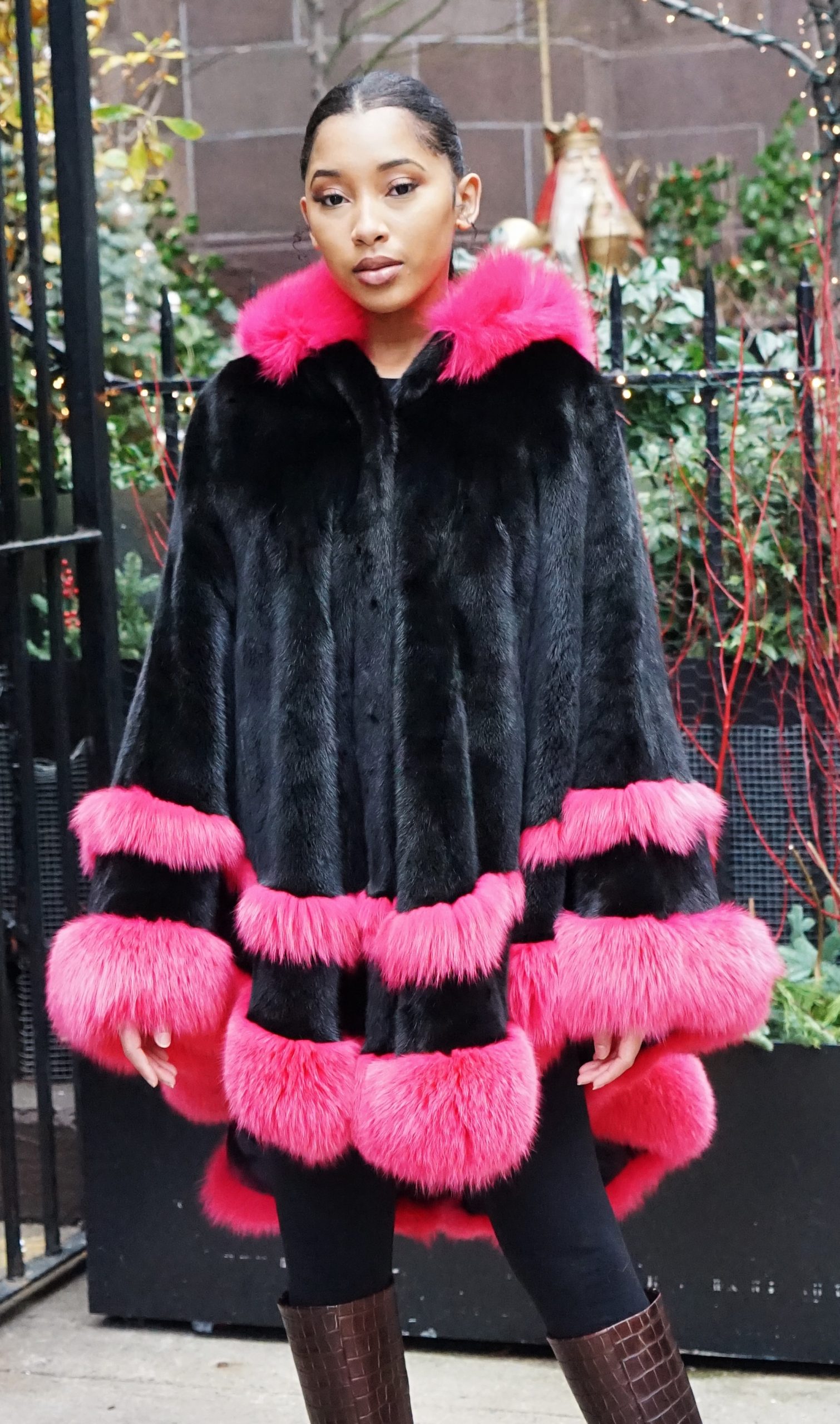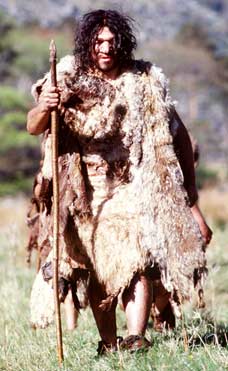Sketchers Snoop Dogg Fur Coats Marc Kaufman Furs
These designer Sketcher Snoop Dog shoe commercial, displays the fur coats of Marc Kaufman Furs NY. These Tibetan lamb fur coats are stylish and extremely warm. These furs were fashioned in this commercial by celebrity stylist Talia Coles
History of Sketchers
Skechers is an American footwear company founded by Robert Greenberg and his son Michael in 1992. The company started as a distributor for Dr. Martens shoes before transitioning to designing and manufacturing their own footwear.
Here’s a brief timeline of Skechers’ history:
- Early Years (1992-1998): Skechers started by focusing on trendy utility-style boots and skate shoes. They gained popularity in the mid-1990s with their chunky platform sneakers, which became fashionable among teenagers and young adults.
- Expansion (Late 1990s – Early 2000s): Skechers expanded its product line to include athletic and casual footwear for men, women, and children. They also began selling their products internationally.
- Celebrity Endorsements (2000s): Skechers became known for its celebrity endorsements, featuring prominent figures in their advertising campaigns. This marketing strategy helped boost brand recognition and sales.
- Diversification and Innovation (2010s): In the 2010s, Skechers diversified its product offerings to include performance athletic shoes, lifestyle footwear, and casual sandals. They also introduced innovative technologies such as memory foam insoles and lightweight materials for enhanced comfort and performance.
- Global Presence (Present): Skechers has grown into a global footwear brand with retail stores in over 170 countries. The company continues to innovate and expand its product lines to cater to various market segments.
Throughout its history, Skechers has faced competition from other footwear brands and challenges such as changes in consumer preferences and economic fluctuations. However, the company has remained resilient and adaptable, maintaining its position as a significant player in the footwear industry.
Snoop Dogg Sketchers Furs
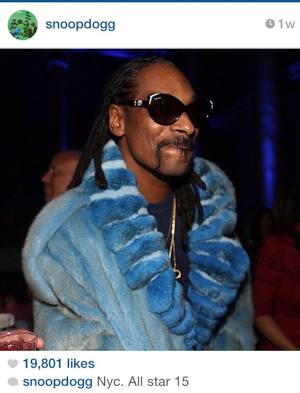
Snoop doge blue mink and chinchilla
Snoop Dogg collaborated with Skechers on a line of footwear called “Skechers x Snoop Dogg.” This collaboration resulted in a collection of lifestyle shoes that reflected Snoop Dogg’s unique style and personality.
The Skechers x Snoop Dogg line featured designs inspired by Snoop Dogg’s music, fashion sense, and West Coast roots. The shoes often incorporated elements such as bold colors, unique patterns, and distinctive details that reflected Snoop Dogg’s iconic status in hip-hop culture.
While the specific designs may vary, the collaboration aimed to combine Skechers’ expertise in footwear with Snoop Dogg’s influence and creativity to create shoes that appealed to fans of both the brand and the artist.
The Skechers x Snoop Dogg collaboration was part of Skechers’ strategy to appeal to a diverse range of consumers and capitalize on the popularity of celebrity endorsements in the fashion industry.
Talia Coles Fashion Stylist

Talia Coles Corona Beer
Talia Coles is a talented fashion stylist and entrepreneur known for her work in the fashion industry. While there isn’t an extensive public record available on Talia Coles, here’s what we do know:
- Fashion Stylist: Talia Coles has made a name for herself as a fashion stylist, working with various celebrities, musicians, and influencers to curate their looks for events, performances, and photoshoots. As a stylist, she has a keen eye for trends, color coordination, and overall aesthetic, helping her clients achieve their desired image.
- Entrepreneurship: In addition to her work as a stylist, Talia Coles is also an entrepreneur. She has been involved in various business ventures related to fashion, beauty, and lifestyle. These ventures may include clothing lines, accessory collections, or beauty products, although specific details may vary.
- Influence: Talia Coles’ work as a fashion stylist has likely contributed to her influence within the industry. Through her collaborations with high-profile clients and her presence on social media platforms, she has likely garnered a following and established herself as a tastemaker in the world of fashion.
- Fashion Philosophy: While information about Talia Coles’ personal fashion philosophy may not be widely available, it can be inferred that she values creativity, self-expression, and individuality in her styling work. Like many stylists, she likely seeks to empower her clients through fashion, helping them feel confident and comfortable in their own skin.
Overall, Talia Coles is recognized for her contributions to the fashion world as a stylist and entrepreneur, and her work continues to inspire and influence trends within the industry.
Marc Kaufman Furs
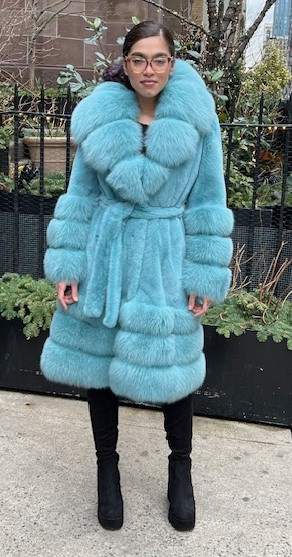
Tiffany Blue Dyed Mink Coat
Marc Kaufman Furs is a well-known furrier based in New York City. The company specializes in the design, creation, and sale of luxury fur garments and accessories. Marc Kaufman Furs has been in business for several decades and has established a reputation for producing high-quality fur products.
Here are some key points about Marc Kaufman Furs:
- History: Marc Kaufman Furs was founded by Marc Kaufman, who comes from a family with a long history in the fur industry. The company has been in operation for over a century, with roots dating back to the early 20th century.
- Location: The flagship store of Marc Kaufman Furs is located in New York City, specifically in the heart of Manhattan’s fur district. This central location allows the company to cater to a diverse clientele, including local customers and international visitors.
- Products: Marc Kaufman Furs offers a wide range of fur products, including coats, jackets, vests, stoles, scarves, hats, and accessories. The company works with various types of fur, including mink, fox, chinchilla, sable, and more, sourced from around the world.
- Custom Design: One of the notable aspects of Marc Kaufman Furs is its ability to create custom-designed fur garments. Customers can work with the company’s expert furriers and designers to create bespoke pieces tailored to their specific preferences and measurements.
- Celebrity Clients: Over the years, Marc Kaufman Furs has attracted a celebrity clientele, with many notable figures from the entertainment industry and beyond wearing their fur creations. This exposure has further solidified the company’s reputation as a premier furrier.
Overall, Marc Kaufman Furs is a respected name in the world of luxury fur fashion, known for its craftsmanship, attention to detail, and commitment to quality.
Best Furs Collection Quality Furs Discounted Price
Marc Kaufman Furs NYC
212 West 30th St
NYC NY 10001 212-563-3877

